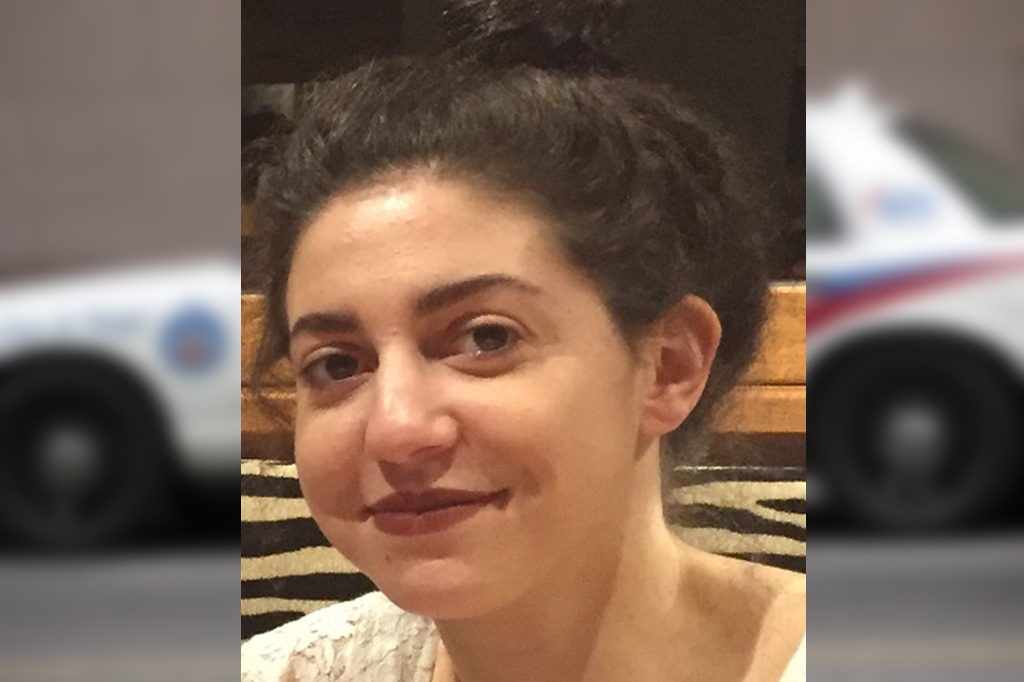Report finds ‘serious flaws’ in how Toronto police investigated missing-persons cases

Posted April 13, 2021 11:45 am.
Last Updated April 13, 2021 3:51 pm.
TORONTO – An independent review has found systemic discrimination contributed to deficiencies in a number of missing-persons investigations conducted by Toronto police.
The review, led by former judge Gloria Epstein, examined policies and procedures related to missing-persons cases, as well as how officers investigated the disappearances of residents who were later found to have been killed.
It focused on the eight men murdered by serial killer Bruce McArthur, as well as Tess Richey, a young woman whose body was found in an outdoor stairwell by her mother, and Alloura Wells, a trans woman found dead in a ravine.
Those flaws exacerbated the mistrust some marginalized communities feel towards police, the report said, in calling for a significant overhaul of how missing-persons cases are handled in the city.
Officers unfamiliar with marginalized and vulnerable groups failed to effectively engage those communities to help solve cases and understand the significance of evidence, and some cases didn’t receive the attention they deserved, the report found.
As well, some officers had “misconceptions or stereotypical ideas” about the LGBTQ2S+ communities that impeded their work at times, the document said.
Epstein says she found “serious flaws” in how missing-persons cases, even beyond those at the centre of the review, were investigated.
“I cannot say that McArthur would necessarily have been apprehended earlier if the investigative steps outlined in this report had been taken. He was a true psychopath,” Epstein noted.
“He disarmed others, including his interviewer, with his calm and ostensibly helpful approach to the interview. But the Toronto police did lose important opportunities to identify him as the killer.”
The roughly 900-page report examines policies and procedures related to missing-persons cases, as well as how officers investigated the disappearances of residents who were later found to have been killed.
“Virtually all the people who went missing from the Village between 2010 and 2017 were marginalized for one reason or another, and often for multiple reasons,” including race, religion, sexuality, gender identity, Epstein wrote.
The issues identified in the report include a lack of communication within the police service, between the force and the police board, and with the community, as well as an often unnecessary amount of secrecy that undermined public trust.

Epstein also found investigations were inconsistent, and in many instances, “basic investigative steps were overlooked or delayed,” while searches were at times “disorganized, incomplete or poorly documented.”
McArthur admitted to killing Andrew Kinsman, 49; Selim Esen, 44; Majeed Kayhan, 58; Soroush Mahmudi, 50; Dean Lisowick, 47; Skandaraj (Skanda) Navaratnam, 40, Abdulbasir Faizi, 42, and Kirushnakumar Kanagaratnam, 37.
In cases where more than one police force or division was involved, there was often little to no co-operation, and as a result, some tasks were duplicated and others fell through the cracks, she found.
In the McArthur investigation, officers’ repeated failure to identify the missing-persons reports as major cases, combined with some investigators’ dislike of the provincially mandated case-management system for such cases, meant very little data was entered in it at first, the report found.
During Project Houston, an operation that looked into the disappearances of Navaratnam, Faizi, and Kayhan, “tracking of vital assignments depended largely on human memory and handwritten notes,” the report found.
As a result, investigators failed to quickly identify leads and possible connections between the cases and others, it found.
“One can never know for sure whether or not McArthur would have been apprehended earlier had these deficiencies not existed, nonetheless (Epstein) has also found that there were a series of lost opportunities to apprehend and identify McArthur,” said Mark Sandler, the lead counsel for the review.
The report also highlights the “inaccurate, and unfortunately misleading” comments then-chief Mark Saunders made regarding the investigation in December 2017, when he said the evidence did not indicate the presence of a serial killer.
His words had the effect of “further rupturing the already precarious relationship” with community, the report said.
An interview Saunders gave to a Toronto newspaper the following year, in which he defended the investigation and stated that no one from the community had come forward to help investigators, also stirred backlash, the document found.
The report makes 151 recommendations, including that police regularly provide information about missing-persons cases to those affected and not “erect unnecessary barriers” to giving such information “based on an overly broad interpretation of what must be withheld to preserve the integrity of an investigation.”
It also calls for police to commit to using the mandated case-management system as required, and revise its procedures so that, whenever possible, missing-persons cases are largely investigated by the force or division where the person was last seen.
It also recommends doubling the size of the missing-persons unit to eight investigators and creating jobs within the unit for workers who would exclusively provide support for those directly affected by the disappearance of individuals.
The new investigative model proposed in the report would involve triaging cases in a way that could sometimes see social service agencies, public health agencies, community organizations, or others take the lead rather than police.
Richey’s mother releases statement: ‘A shift in police attitude and understanding would go a long way’
Christine Hermeston found the body of her 22-year-old daughter in November 2017, four days after she went missing and just steps away from her last known location.
In a statement, she says nothing will bring Tess back but the family is hopeful that greater public scrutiny will lead to better policing that will ultimately save lives.
“A shift in police attitude and understanding would go a long way in better serving and protecting all members of our community,” Hermeston said.
Last June, Richey’s family launched a $20-million dollar civil suit against Toronto police.
Two police officers face disciplinary action related to the young woman’s death.
The man who killed Tess was convicted of first-degree murder and sentenced to life in prison.










